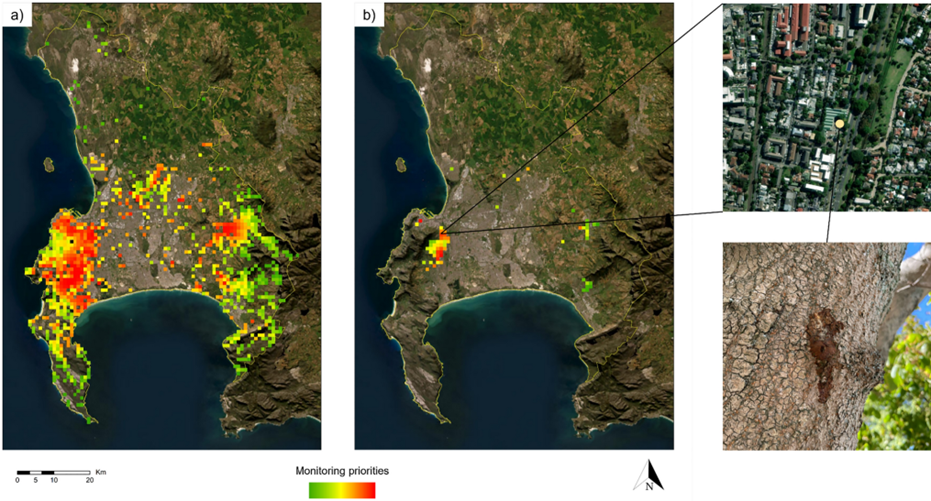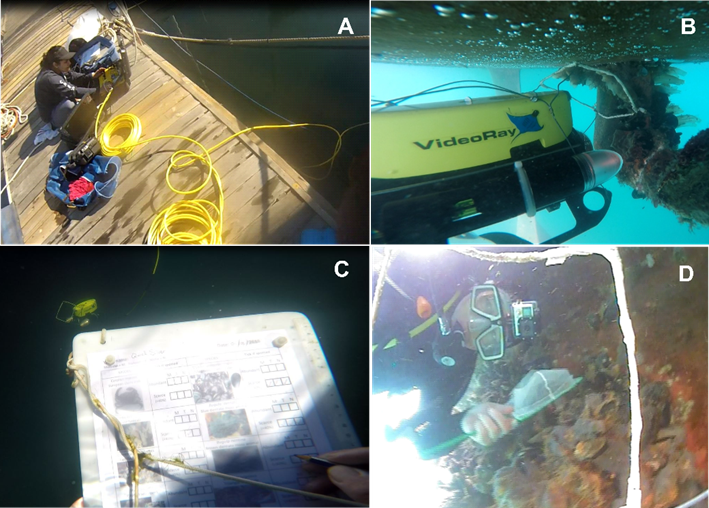Innovative management protocol for PSHB based on citizen science
CIB researchers develop an innovative protocol to map priority areas for detecting new and expanding polyphagous shot hole borer (PSHB) infestations in urban areas.

CIB researchers develop an innovative protocol to map priority areas for detecting new and expanding polyphagous shot hole borer (PSHB) infestations in urban areas.
Several C·I·B Core Team members, Associates and former students are among the authors of newly published guidelines for restoring Lowland Sand Fynbos ecosystems.

The most effective method to sample recreational vessels for marine alien fouling species is to combine diver-based and lab-based methods, a study reported. Published in the Journal of Environmental Management, the study was conducted by C·I·B Post-doctoral associate, Koebraa Peters, C·I·B Core Team Member, Tammy Robinson and SANBI’s Marine Programme Manager, Kerry Sink.

Habitat modification, pollution and alien fishes are among the greatest threats to South Africa’s freshwater biodiversity. Alien fish impact is primarily through predation on, and/or competition with, native fishes, invertebrate and plant communities.

The use and popularity of Google Earth has grown tremendously since its launch, and it has a range of uses from mapping and viewing mountain bike routes to monitoring chimpanzee forest habitat. However, Google Earth had no formal recognition or guidelines for its use in the field of invasion science, despite the fact that many scientists and managers use it on a regular basis.